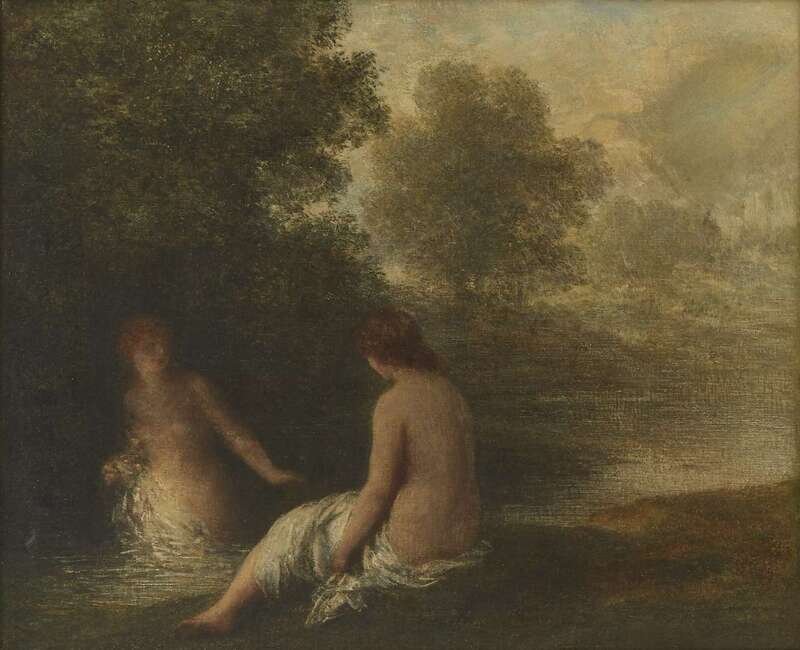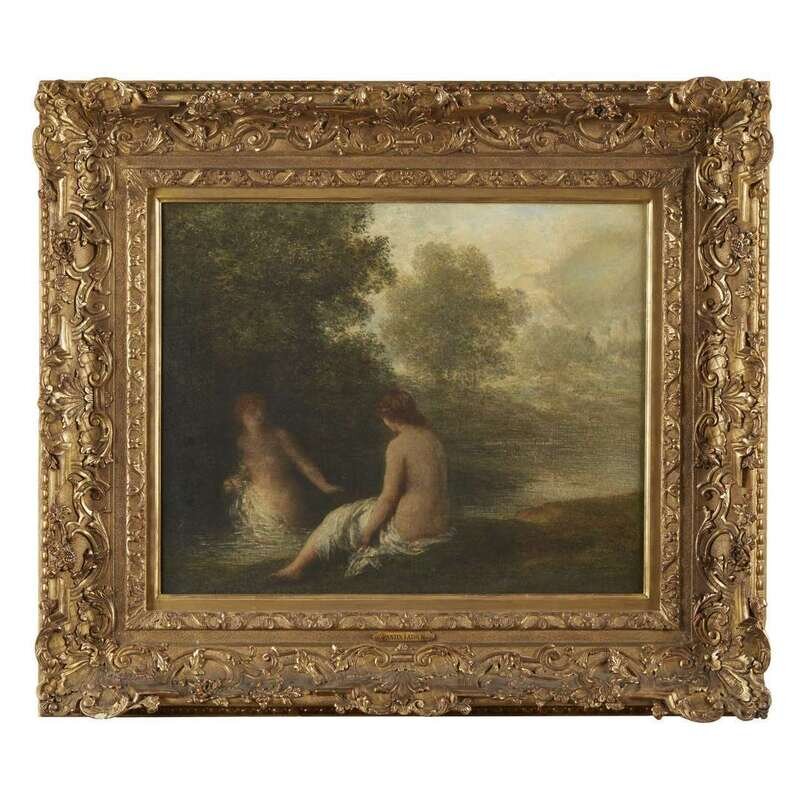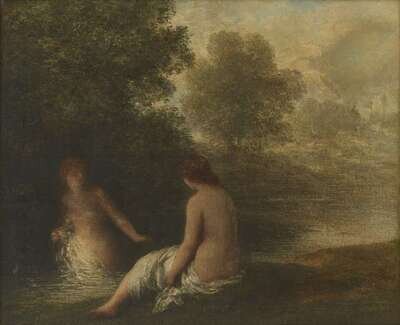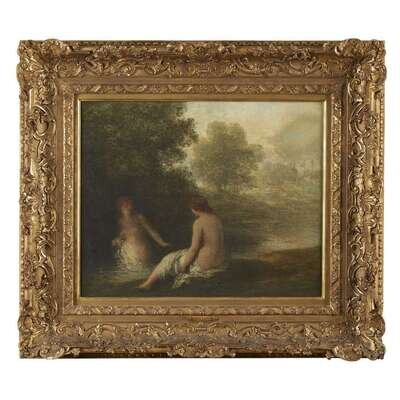Condition Report
Contact Information
Lot 29
HENRI FANTIN-LATOUR (FRENCH 1836–1904) "BAIGNEUSES"
Sale 5353 - European Art & Old Masters: 500 Years
Feb 27, 2019
7:00AM ET
Live / Philadelphia
Own a similar item?
Estimate
$20,000 -
30,000
Price Realized
$32,500
Sold prices are inclusive of Buyer’s Premium
Lot Description
HENRI FANTIN-LATOUR (FRENCH 1836–1904) "BAIGNEUSES"



